Capital: Lilongwe
Area: 118.484 km2
Inhabitants: 18.628.747 inhabitants (2019)
Population density: 157,23 inhabitants per km2.
Languages: The official language of Malawi is English, as this country was a British colony. Chichewa is the principal language spoken in most of the country. This language, of Bantu origin and also spoken in Zambia, Zimbabwe and Mozambique, is the one taught in primary and secondary education. In the north of the country, that is, in the Livingstonia area, the predominant language is Chitumbuka.
Currency: The country’s official currency is the Malawian Kwacha (MWK). In exchange, 1 euro is 1.110 MWK. You can look at the current exchange in the next link.
Clima: Malawi is a very warm country, not only in terms of the hospitality of its people, but also with its climate. It has an average annual temperature of 27 degrees. The main rainy season is between December and March, which fall heavily in the southern region of the country which, lately, has been in the news every year for different natural disasters caused by torrential rains such as, for example, the Ana storm ( you can read here the news that came out in the media in January 2022). These rains cause many exodus of people who leave their villages denied by the water. We, during our volunteering in Nchalo in the south of the country, saw people sleeping on the side of the road and who were being cared for by UNHCR. In Malawi, in the central part, especially in the Nyika NP area it is also cold. Many people recommend traveling to Malawi during the summer (June to September) as the weather is warm and sunny, and the waters of Lake Malawi are cleaner because there is no sediment washed up by the rains. Anyway, we really enjoyed getting to know the country during the months of March and April because the whole environment was very green due to the fact that we were at the end of the rainy season.
Road driving: The roads in Malawi stand out for being paved, but with many potholes. The best road we drove is the one from Lilongwe, the capital, to Blantyre, the economic capital of the country; which is a single lane road where you will find tolls. Also the new road that they have made that goes to Livingstonia is in very good condition, because it was recently built. On the rest of the main roads, you will find sections with potholes (especially those that run by the lake) which will make you drive more cautiously. In Malawi, we find different scenic roads that are very beautiful to do such as, for example, the one that goes from Blantyre to Nchalo, the one that goes from Dedza to Golomoti or the one that goes up to the Zomba Plateau. Anyway, Malawi’s iconic road is the one that goes to Livingstonia from Chitimba, also known as Gorodi Road. This zig-zag road that starts at the same height as Lake Malawi climbs 600 meters in just over 10 kilometers. It is very important when driving in Malawi to watch your speed, because there are sppeds controls with cameras and police checkpoints. In this section, you will find more information on driving tips if you visit Malawi by car.
Internet / SIM card: Malawi is not a country that stands out for having a good internet signal. In fact, we were already able to verify this at the land border when we were stuck for more than a day because the Internet was not working due to the rains that had fallen. You will only find internet in big cities like Lilongwe or Blantyre. So don’t expect many places with wifi, but the various telephone companies of Malawi offer good coverage if you have a SIM with data. To get SIM cards, you can buy them in big cities from people who are under the umbrella of different communications companies brands. They are usually near the markets or on the main streets. We bought an Airtel SIM in Blantyre for 1,000 Kwachas (about 1.10 euros) and bought a 6GB data pack for 10,500 Kwachas (about 11.55 euros).
Visa: Malawi gives 30-day tourist visas at a cost of 50 USD per person. You have to apply for this visa online, otherwise they won’t let you into the country. If you click here, you will go directly to the portal, where you will have to enter your personal data, the days of entry and exit and attach scanned images of your passport and an invitation letter that you can request from any accommodation. We recommend that you apply for the visa in advance, as it takes between 2 and 5 days to get back to you. We, for example, were not answered and we had to go to the border to see what had happened. In addition, many people have some problems when they try to pay online by credit card, so it is better to do it in time. If you want to stay in the country for more than 30 days, you can renew your visa at any immigration office for a cost of 5,000 Kwachas (about 5.50 euros in exchange). We renewed it in Monkey Bay.
Budget: In total, we spent 36 days in Malawi and spent a total of 824.96 euros for person. It must be said, however, that we stayed at Francis’ house for three weeks volunteering with a local organization in the south of the country, to whom we gave an agreed amount of money to cover the whole issue of diets and others. Here, there are the details of all our expenses in Malawi:
WHAT TO SEE IN MALAWI?
1.- CAPE MACLEAR AND MONKEY BAY: LAKE MALAWI
Lake Malawi is the country’s alma mater. Considered the ninth largest lake on the planet, and the third largest lake on the African continent; its waters are a source of life for many people who live from fishing and who do their daily tasks, such as showering, washing clothes or playing, on the shore of the lake. Cape Maclear, located in the south of the country, is the most popular town on the lake where you can find a wide range of accommodation but also a smiling town full of local life where you can enjoy the hospitality and warm heart of the Malawians. This town is located within the Lake Malawi National Park, one of the parks with the most marine biodiversity in the world, especially rockfish. You can snorkel and sail through its waters while watching a spectacular sunset. Monkey Bay, on the other hand, is a quieter town from where the famous Ilala boat departs.
2. MANCHEWE FALLS AND LIVINGSTONIA
Livingstonia is a city located in the north of the country, from where you can enjoy views of Lake Malawi from the top of the plateau, since the town is located at an altitude of about 1,350 meters. It was one of the most important settlements in the history of the country, where at the end of the 19th century the Scottish Anglican missionaries who were looking for higher altitude to take refuge from the malaria mosquito settled there. In this quiet town, you can also enjoy the highest waterfalls in the country: the Manchewe Falls. These are in a very beautiful setting, forming a waterfall on a cliff from where you can see the whole of Lake Malawi. And, if you’re driving, you can’t miss the ascent to Livingstonia on the Gorodi Road, a very beautiful driving route.
Visiting Likoma is one of the experiences you cannot miss if you visit Malawi. Together with Chizumulu, these two small archipelagos are located to the east of Lake Malawi, surrounded by Mozambican waters. Likoma is an island that is 8 kilometers long and 4 kilometers wide, and which is surprising because of the large number of baobab trees on the island. There, you can also visit one of the biggest cathedrals on the African continent and enjoy the tranquility of local life while swimming in Lake Malawi. Getting to Likoma Island is quite an adventure, especially since you sail for hours on Lake Malawi on boats that are history like the Ilala or the Lamani, and where you will feel like a lucky explorer in a very special atmosphere full of people, goods and life.
Former capital of the country when it was under British colony, Zomba is located in an environment full of nature that makes it considered one of the greenest cities in Malawi. The main icon of the city is its plateau, known as Zomba Plateau, from where you can enjoy spectacular viewpoints, waterfalls and nature walks. Located in the south of the country and a short distance from Blantyre, the economic capital of Malawi, and Lake Chilwa (the second largest after Lake Malawi), in Zomba you will also find one of the most complete markets in the country, and different establishments where you can eat very well.
Mount Mulanje are the highest mountains in Malawi, located at an altitude of about 3,000 meters. This massif, which surprisingly protrudes from a large plain, is also located in the south of the country, forming a natural border with Mozambique. There, you can enjoy different hiking excursions for all levels and difficulties surrounded by a very rural life. It is an ideal destination for nature lovers, and also for those who do climbing, because there is one of the largest vertical walls on the African continent. If you go to Mulanje, wear good shoes because you will have to walk up to enjoy spectacular views and, on the way back, drink a good cup of local tea, one of the main crops in this part of the country.
If we compare it with neighboring countries such as Zambia or Tanzania, Malawi is not a country that stands out for its wildlife density. Anyway, Liwonde National Park will be one of the few places in the country where you can go on a safari in search of antelopes, elephants, hippos and some predators that are being introduced into the park like lions or leopards. This national park stands out for its variety of landscapes, where you will find very lush forests and, suddenly, a very tropical landscape with palm trees and lagoons located next to the Shire River, which is the artery of the whole park. For this reason, in Liwonde National Park you can also enjoy canoe safaris from where you can observe the animals up close and photograph a very special landscape.
7. NYIKA NP
The Nyika NP is Malawi’s largest natural park. Located in the north of the country, right next to the border with Zambia and at a height of about 2,000 meters above sea level, this plateau stands out for its magnificent landscape of rolling hills that interact with different streams, valleys and evergreen forests that create a landscape of incredible beauty. Nyika means “where the water comes from” as it is one of the greenest areas in Malawi. A destination that is gaining more and more popularity and where, in addition, you can also enjoy wildlife, with the largest population of leopards in the country, as well as zebras, antelopes and a wide variety of birds.
8. MAJETE WILDLIFE RESERVE
This reserve is located a short distance west of Blantyre, the economic capital of Malawi. Majete is a wildlife recovery success story in an area that once housed a prolific wildlife refuge. Due to poaching and human activities, by the end of the 1990s most animals were eradicated; but thanks to various conservation and reintroduction efforts, it has managed to re-emerge and, today, is one of the only places in the country where, if you’re lucky, you can see the Big Five.

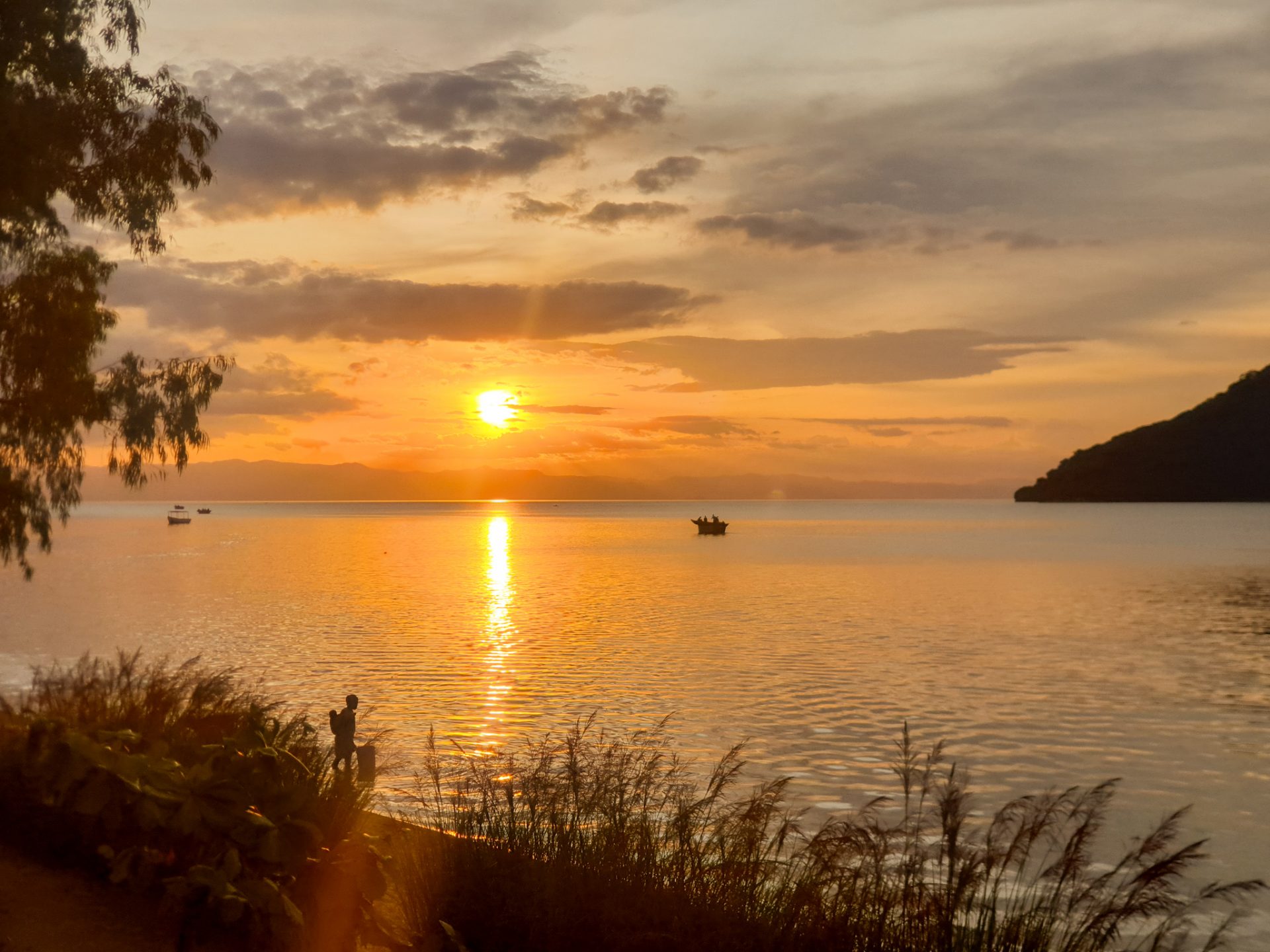

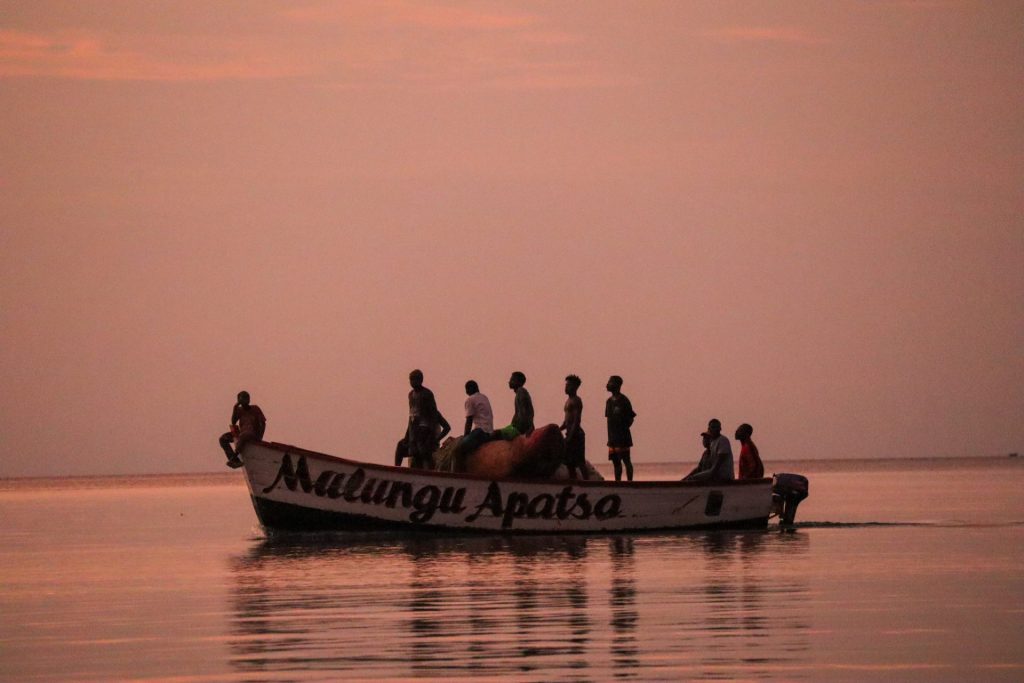
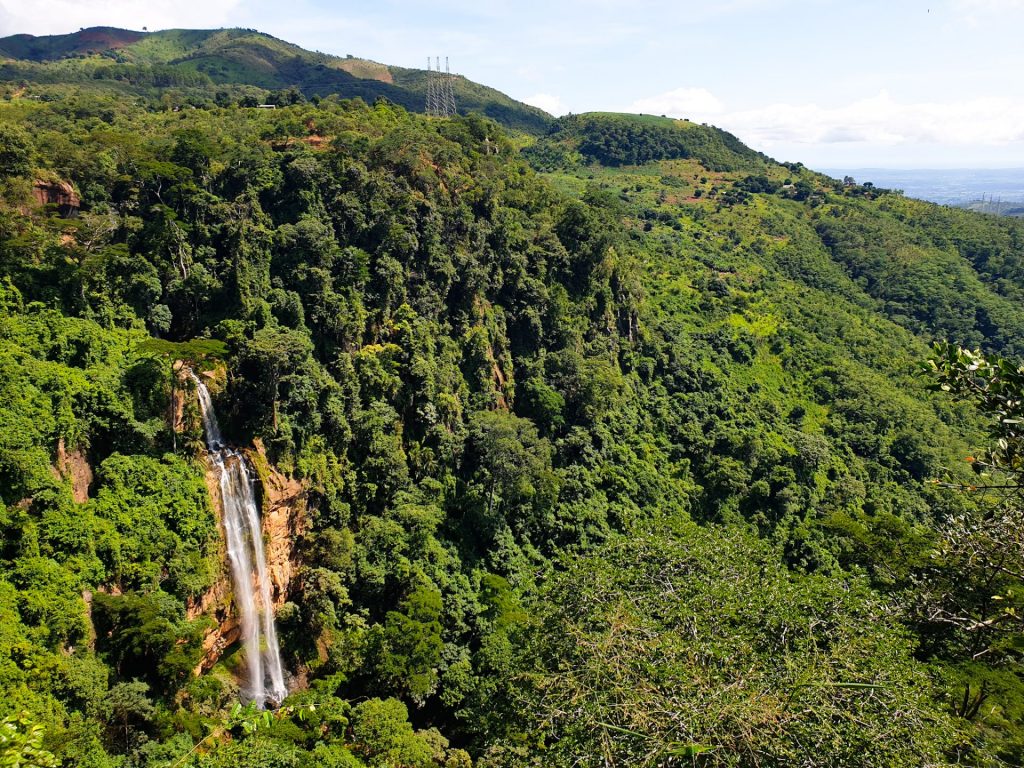
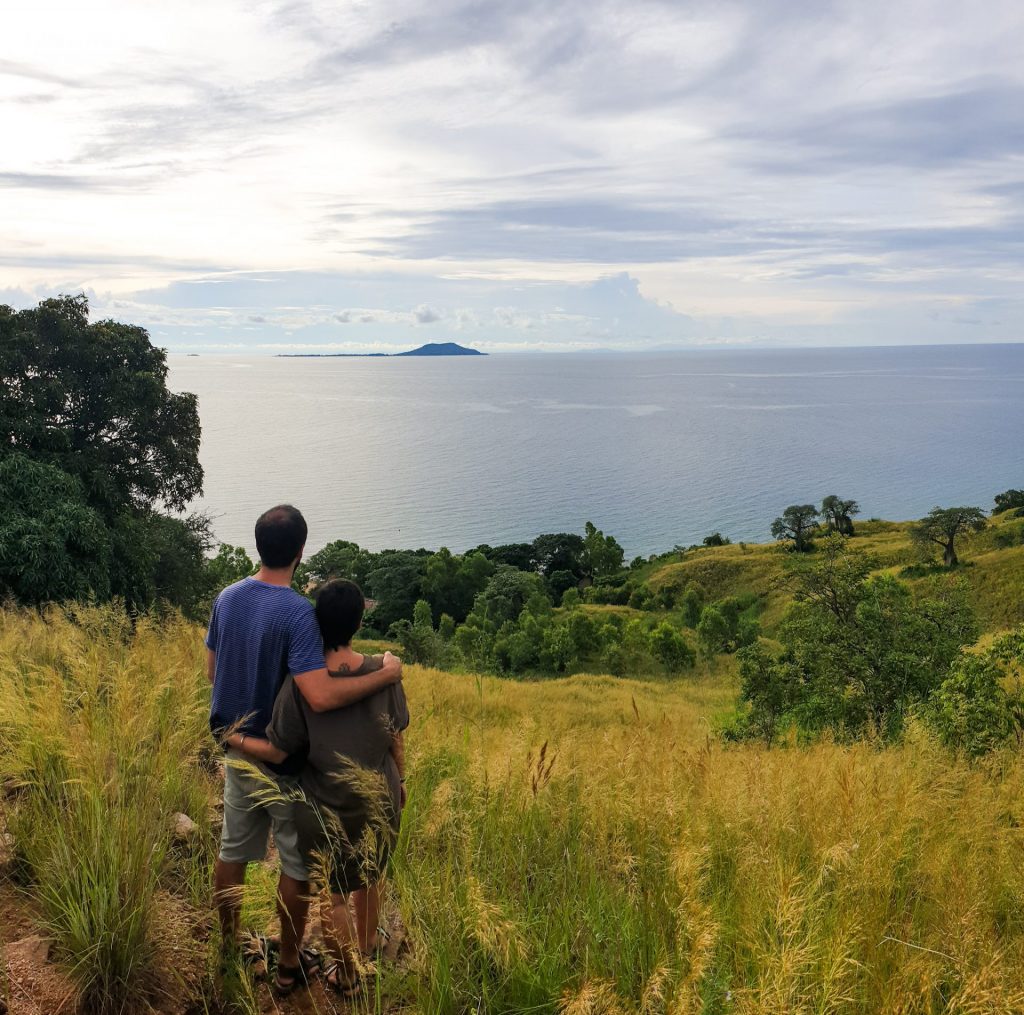

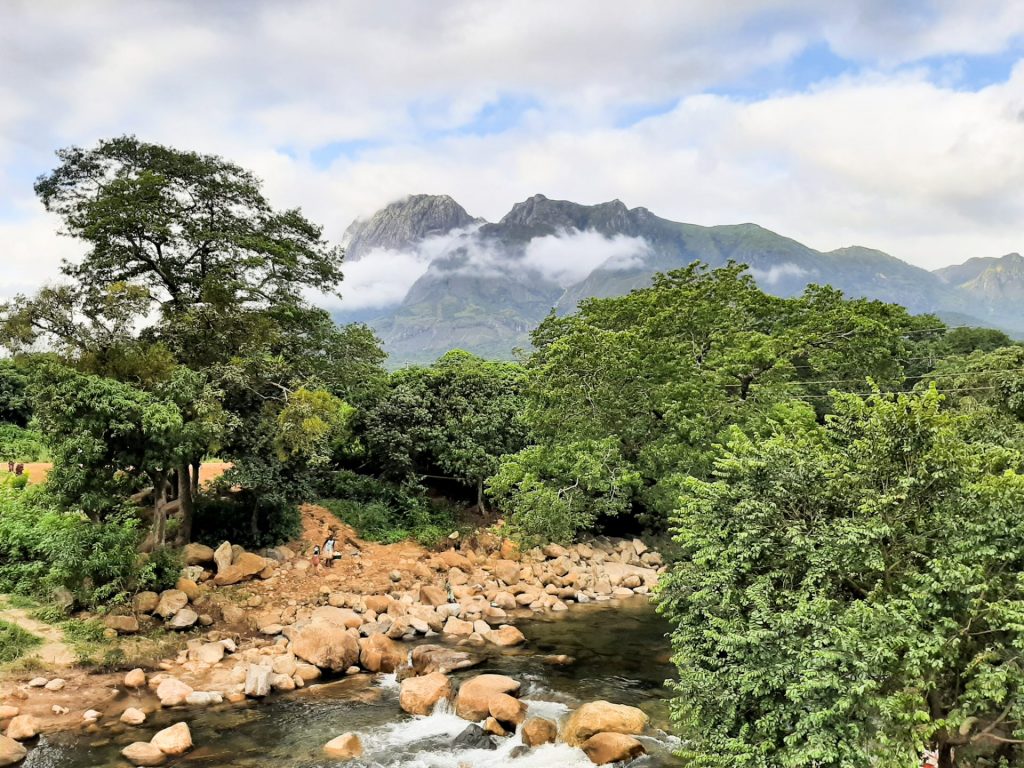
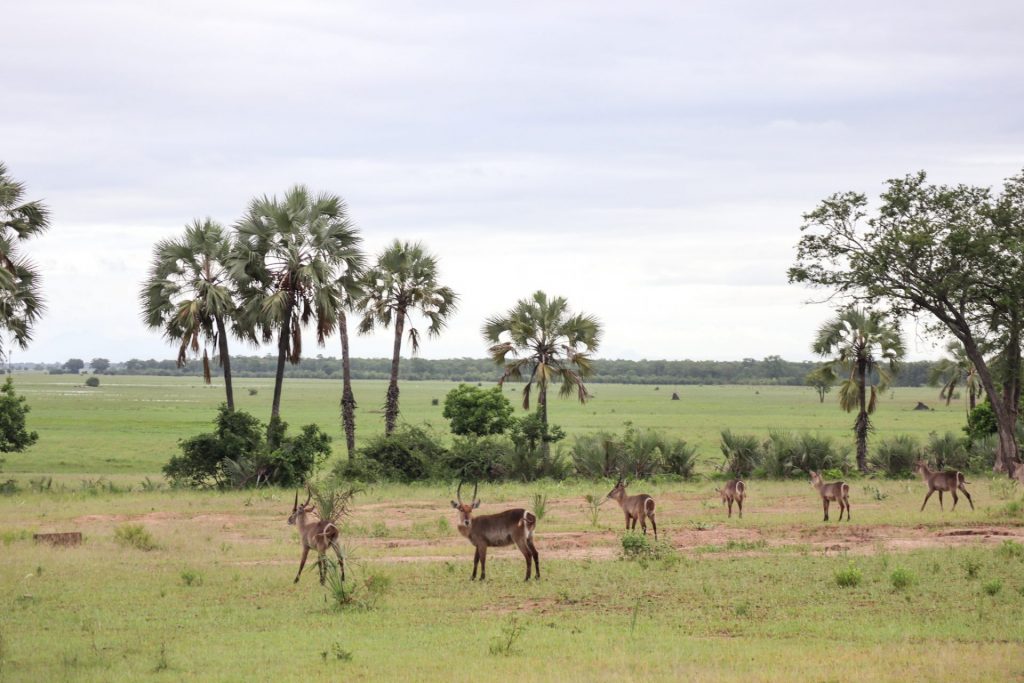

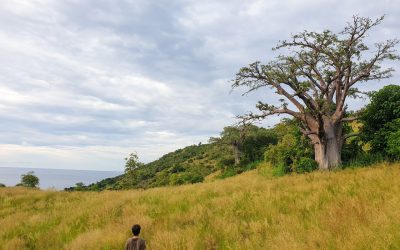
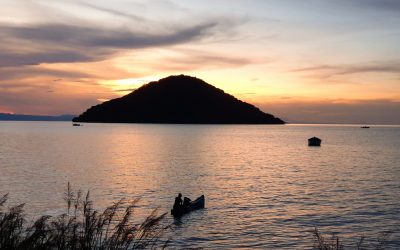
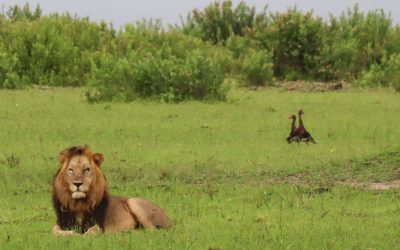
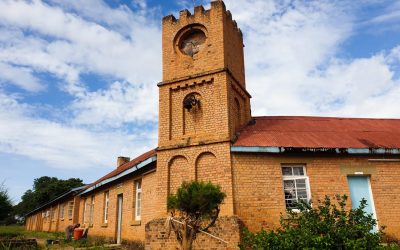

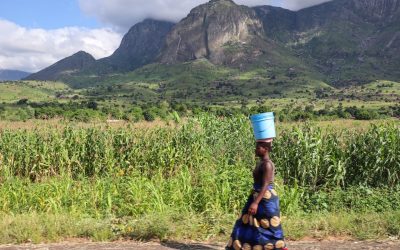
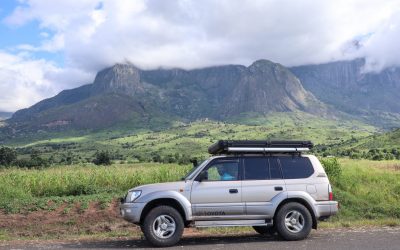
0 Comments